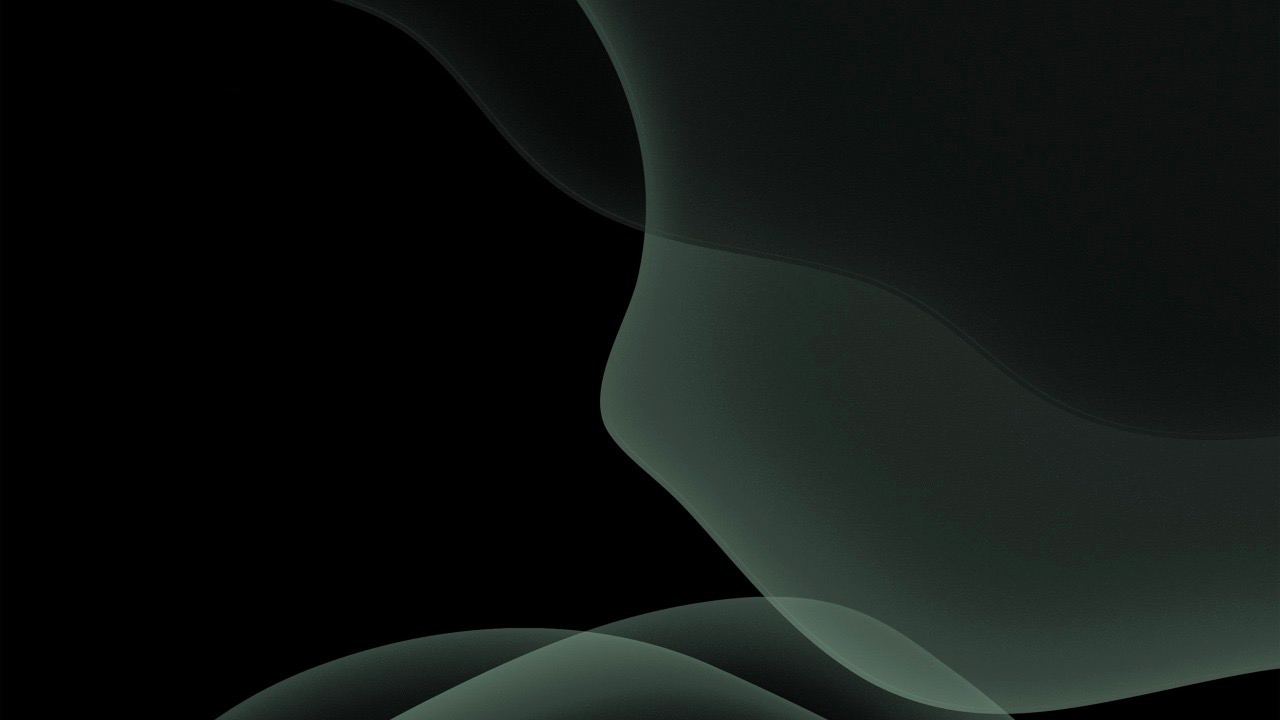We will be back shortly.
Our website is under maintenance, we’ll be back shortly.
In the mean time kindly visit one of our showrooms, or contact us via Whatsapp.
MAIN SHOWROOM:
Emgate Building,
Sheikh Zayed Rd, next to Business Bay
Metro Station (towards Abu Dhabi)
Dubai - United Arab Emirates
Opening Hours
Sunday - Friday
10:00 AM - 7:30 PM
Google Maps
DUBAI HILLS MALL SHOWROOM:
Dubai Hills Mall
Dubai - United Arab Emirates
Opening Hours
Weekdays 10:00 AM - 11:00 PM
Weekends 10:00 AM - 12:00 AM
Google Maps
For any other queries, email us and we will be in touch with you soon
support@dubaiaudio.com
